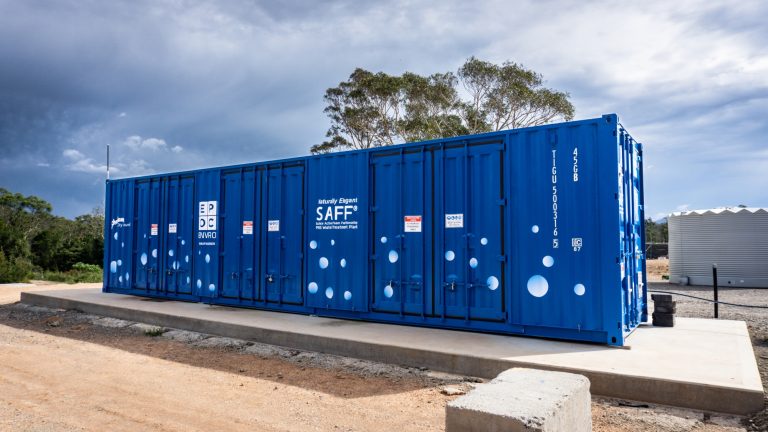The terms ‘air permeability’ and ‘breathability’ are often used in CBRN garment descriptions, but what’s not commonly understood is that they relate to different things.
Air permeability in textiles is the measure of the volume of air that is able to pass through the fabric structure under controlled conditions.
Breathability is a fabric’s ability to transmit moisture vapour and conduct body heat outward through the material. Put very simply, breathable garments remove heat and prevent sweat build-up, which helps to keep the wearer comfortable.
As a generalisation, we can think of air permeability as the inward flow through fabric, and breathability as the outward flow, and whilst air permeable fabrics do tend to have relatively high moisture vapour transmission, a fabric does not necessarily need to be air permeable to also have some measure of breathability.
The challenge for CBRN garment designers is to configure appropriate ratios between air permeability and breathability, while also achieving high CBRN protection within the garment. Today’s soldier and first responder want the assurance of comfort and enhanced wearability as well as high protection from airborne challenges.
At OPEC CBRNe, we have developed a family of CBRN garments. Our garments vary in levels of air permeability and breathability as a response to differing risk environments. However, our overall goal remains to provide maximum CBRN protection by blocking CBRN challenges from the outside while simultaneously allowing air flow and enhancing comfort by allowing heat and perspiration to move out of the garment.
- Defence
- Energy

OPEC Energy is a part of OPEC Systems, an Australian company boasting over 30 years of industry experience
Our expertise lies in providing a comprehensive bulk fuel system service, ensuring the preservation of your system’s quality and integrity from the moment fuel is delivered to its ultimate usage point.
- Marine
- Marine Equipment Supply
- Storage and Maintenance Services
- Training
- Security Services
- Facility Operations
- Consulting

Marine Equipment Supply

Storage and Maintenance Services

Training

Security Services

Facility Operations

Consulting
- PFAS Remediation
- Ex-Situ Treatment: Surface Active Foam Fractionation (SAFF®)
- In-Situ Treatment: Downhole Foam Fractionation (DFF)
- PFAS Team
- Soil Treatment: Foam Fractionation Assisted Soil Treatment (FFAST)

PFAS Solutions - epocenviro.com
SAFF ® (Surface Active Foam Fractionation) is a sustainable PFAS remediation technology, invented by EPOC Enviro. This award winning system uses the power of rising air bubbles to rapidly remove harmful target contaminants from the environment.
- Health
- Mobile and Field Hospital Systems
- Patient Isolation Systems
- Decontamination Systems
- Medical PPE
- Ancillary Equipment
- Training, Maintenance and Support

Mobile and Field Hospital Systems

Patient Isolation Systems

Decontamination Systems

Medical PPE

Ancillary Services

Training, Maintenance and Support
- College

OPEC College
OPEC Systems is an award winning, Australian-owned Registered Training Organisation (RTO 41595) to help you to gain well-deserved qualifications, either through RPL where we formally recognise the knowledge and skills you already have, or through provision of additional training to achieve your qualifications.
- About
- Media
- Contact








